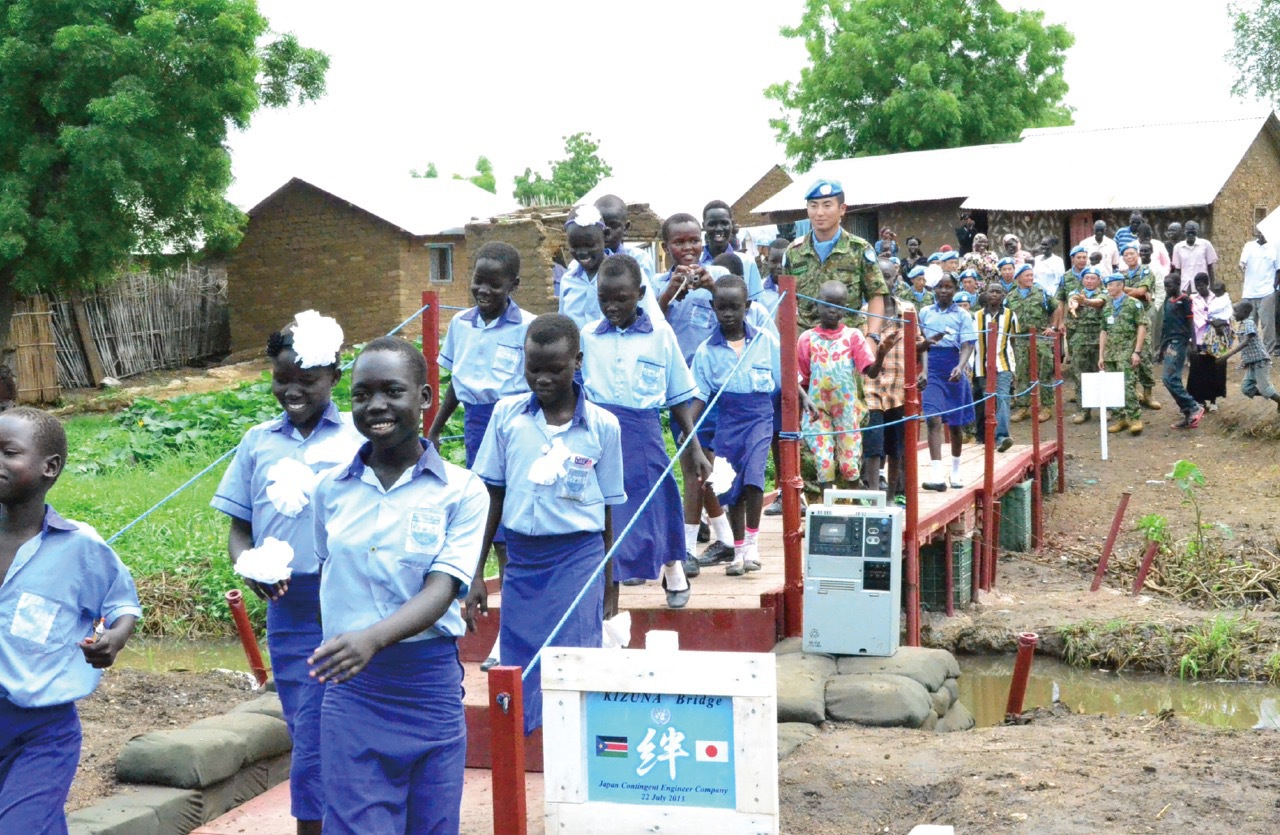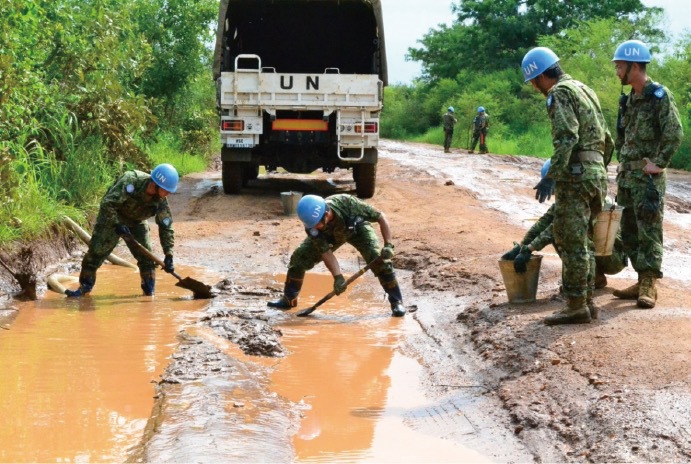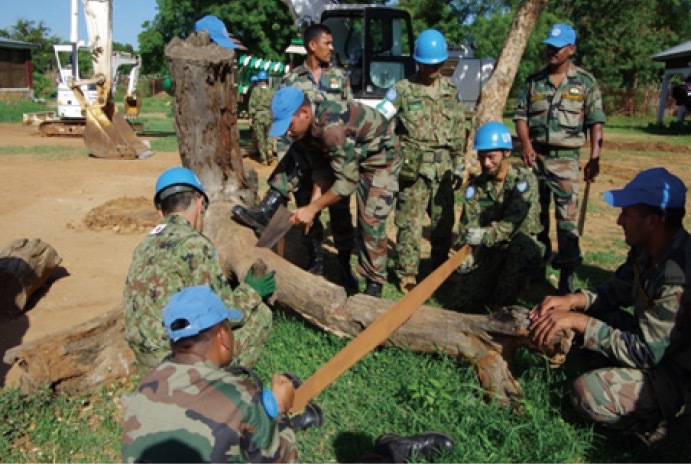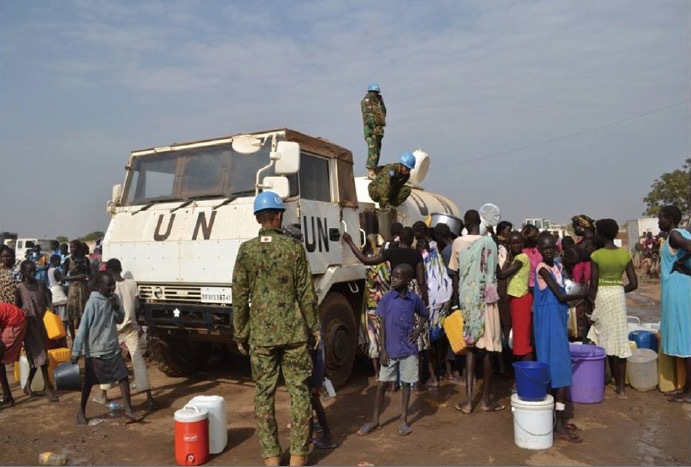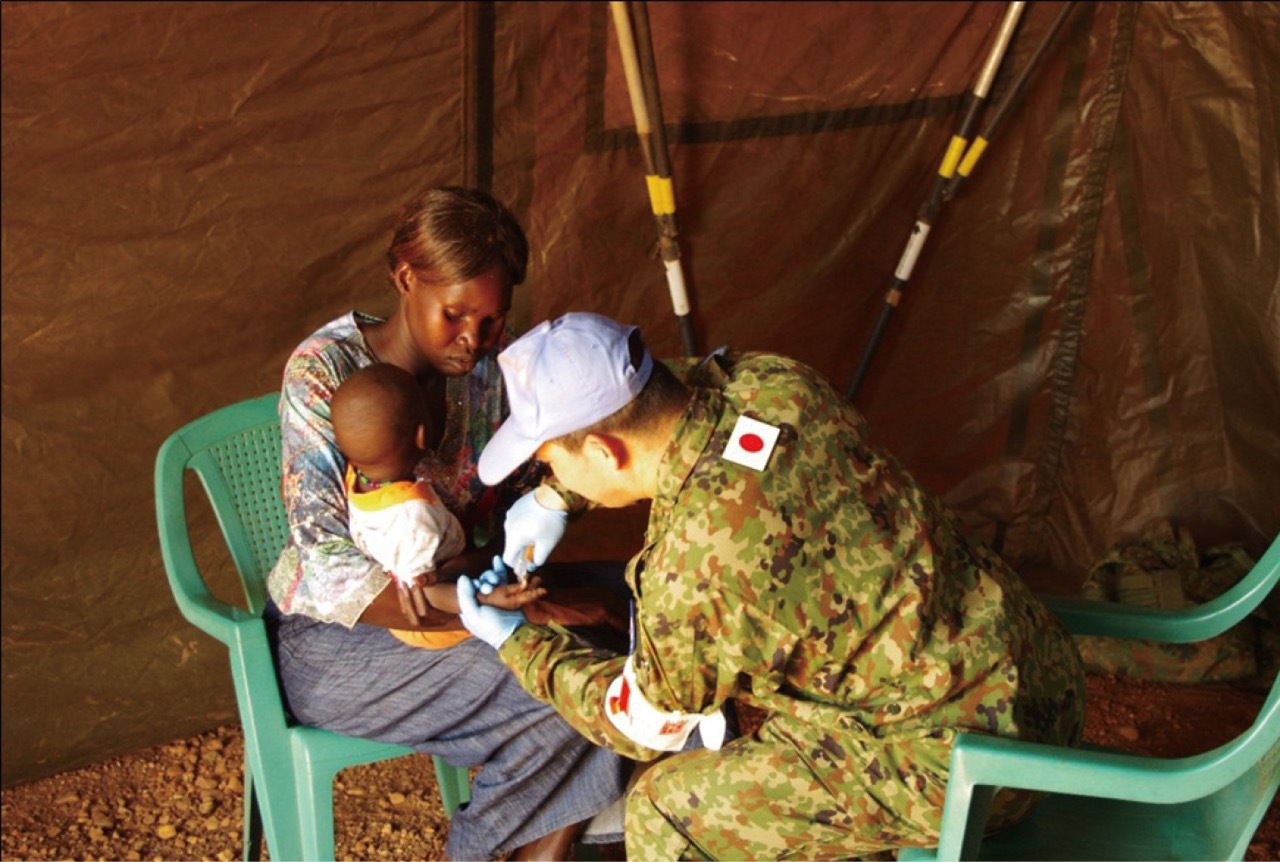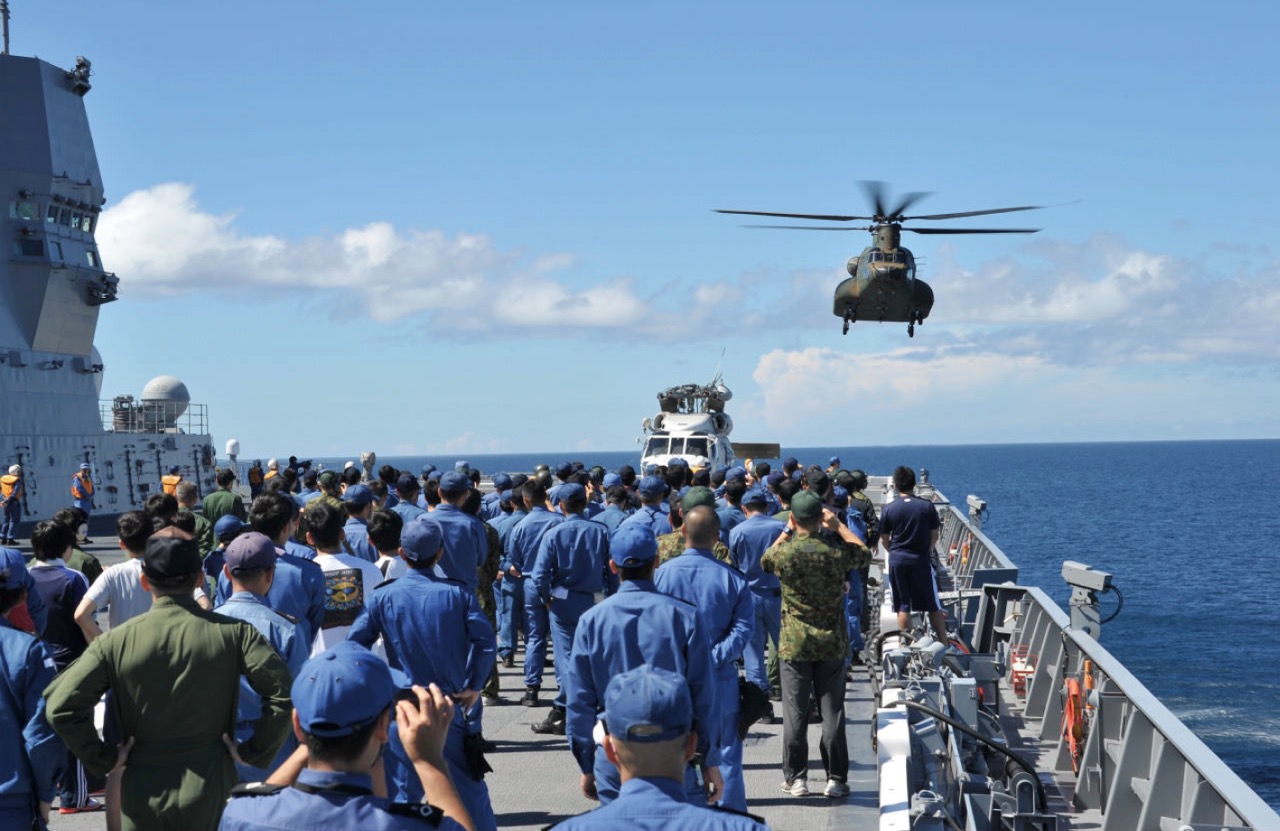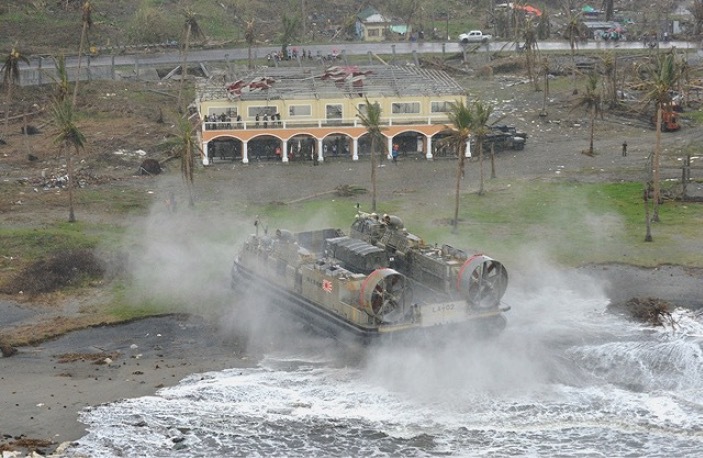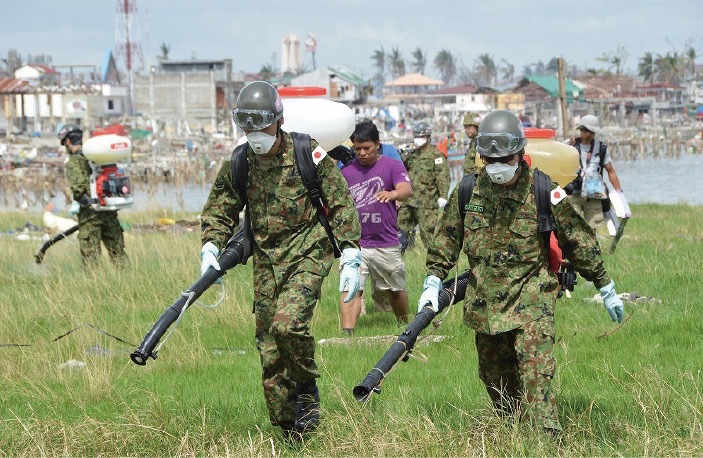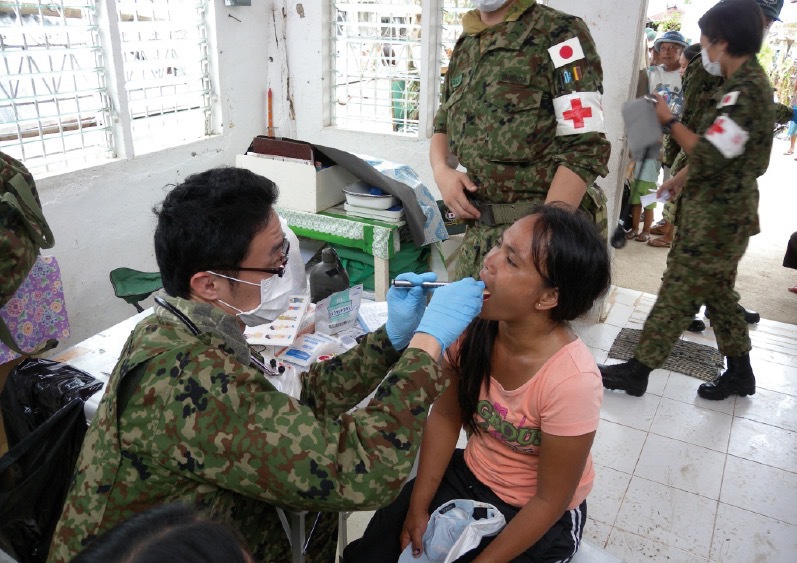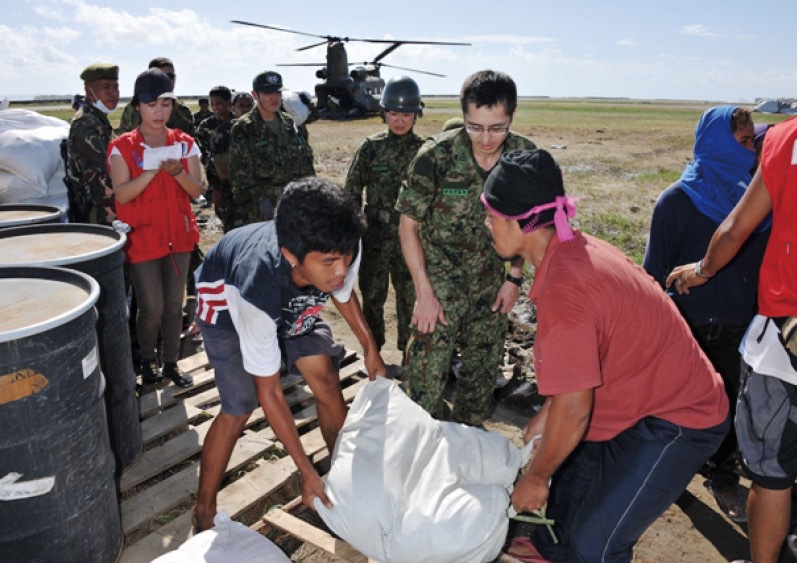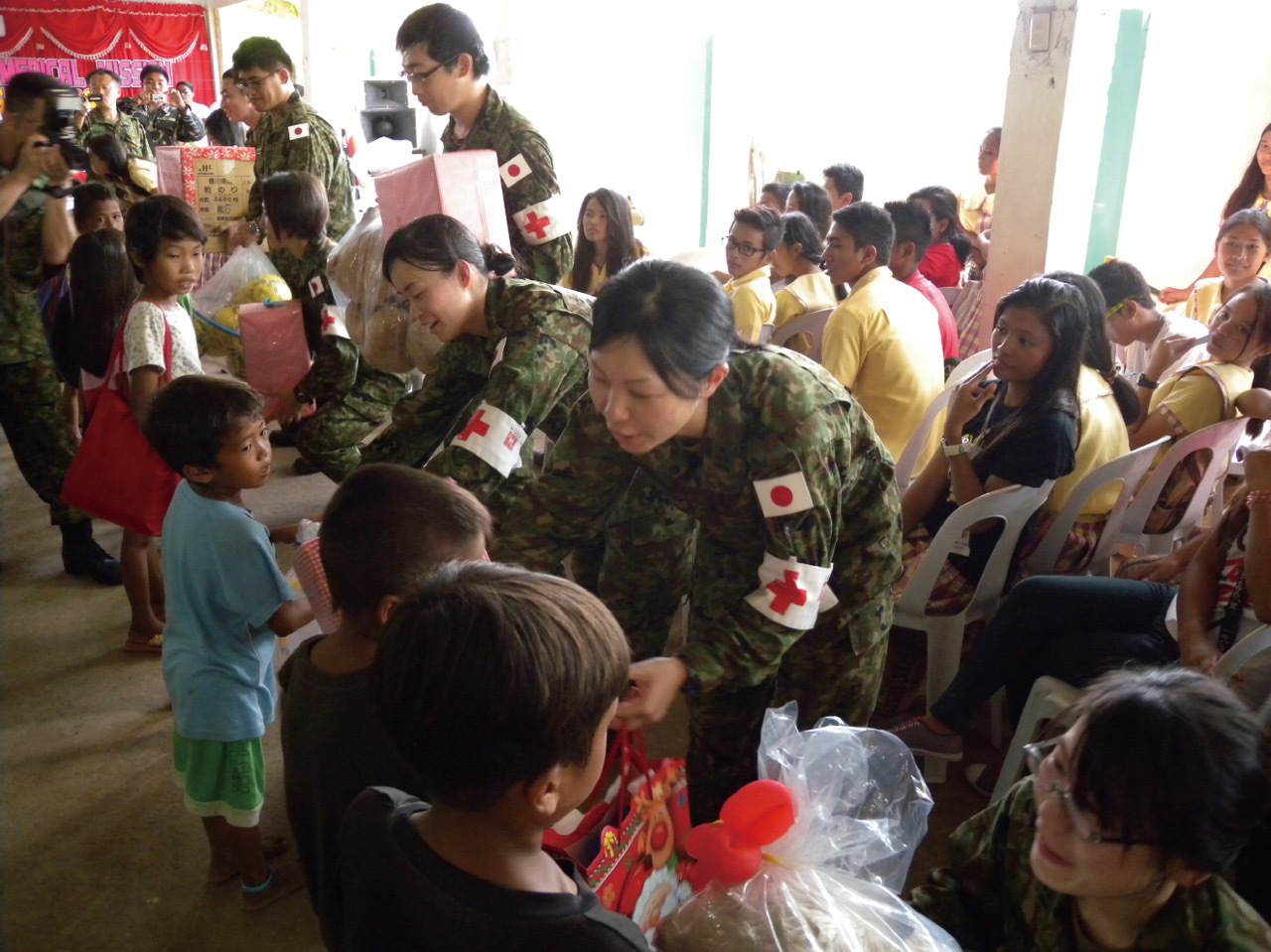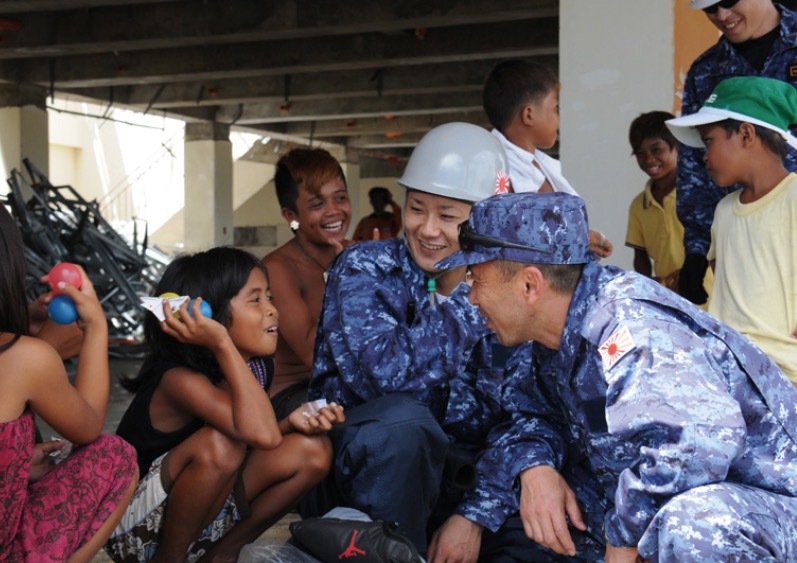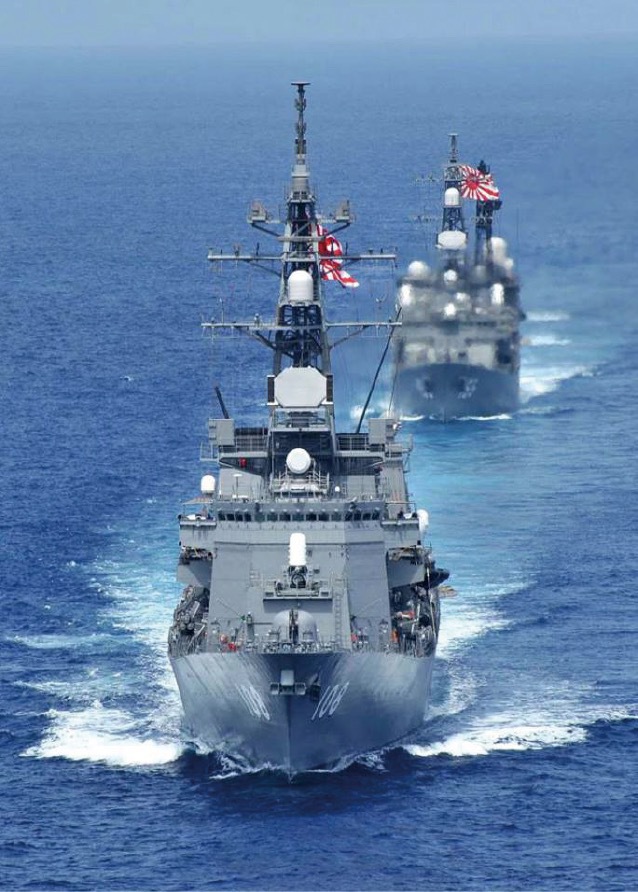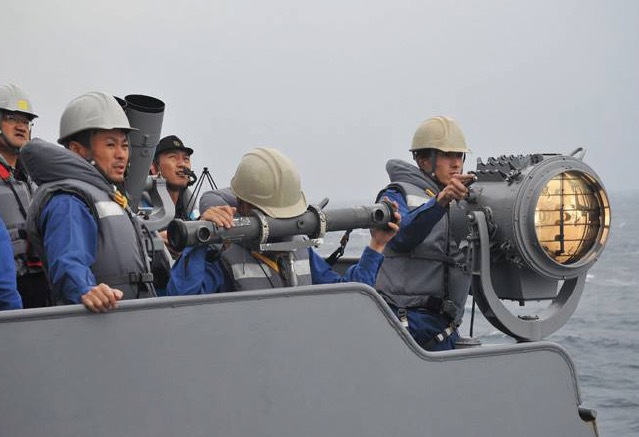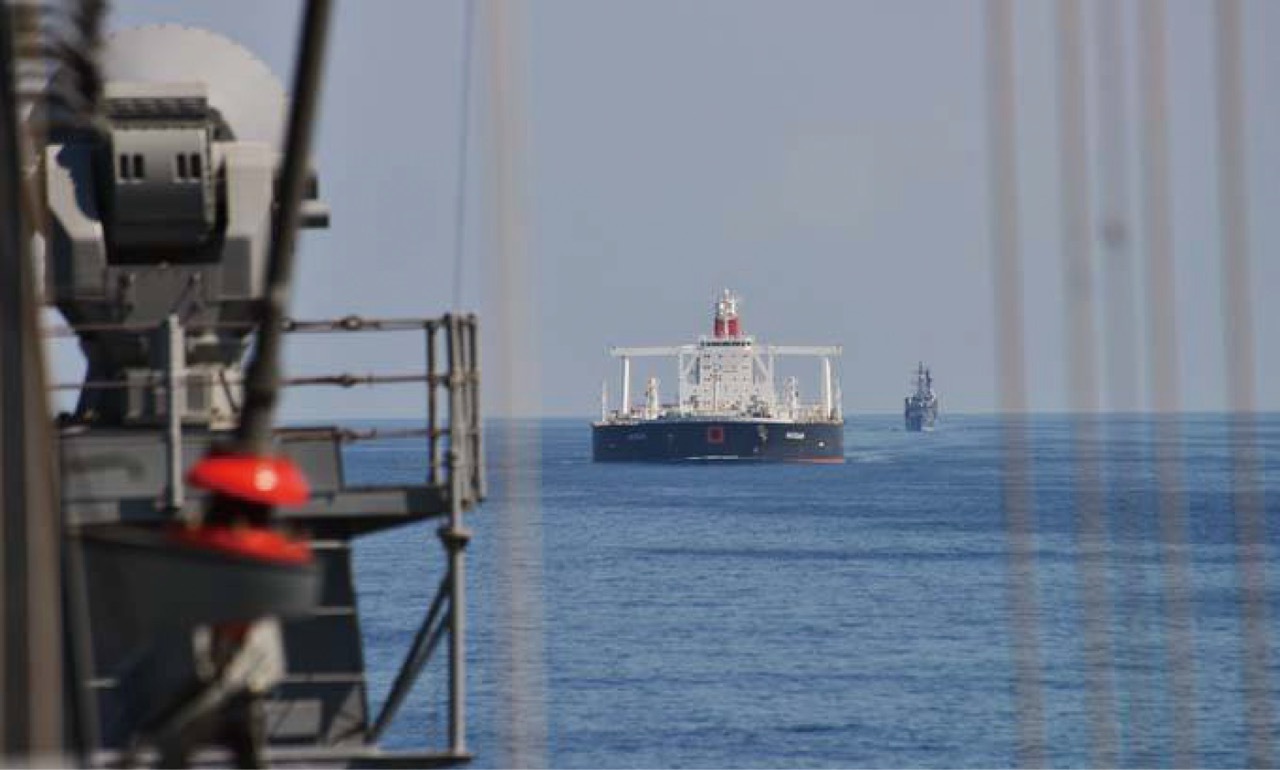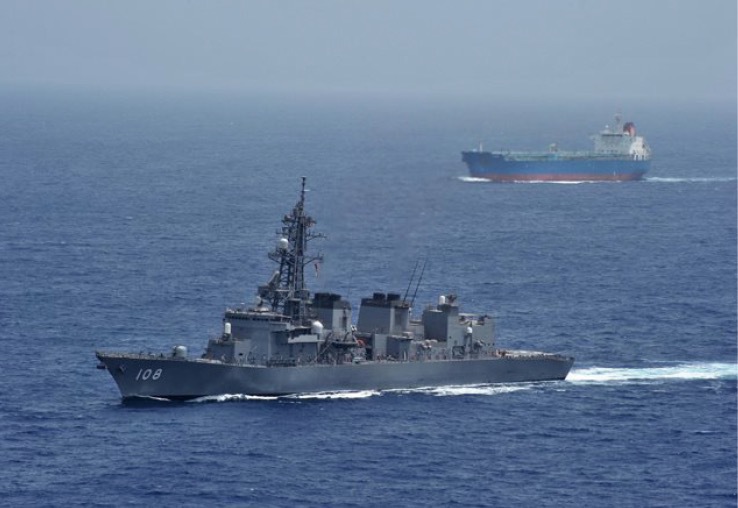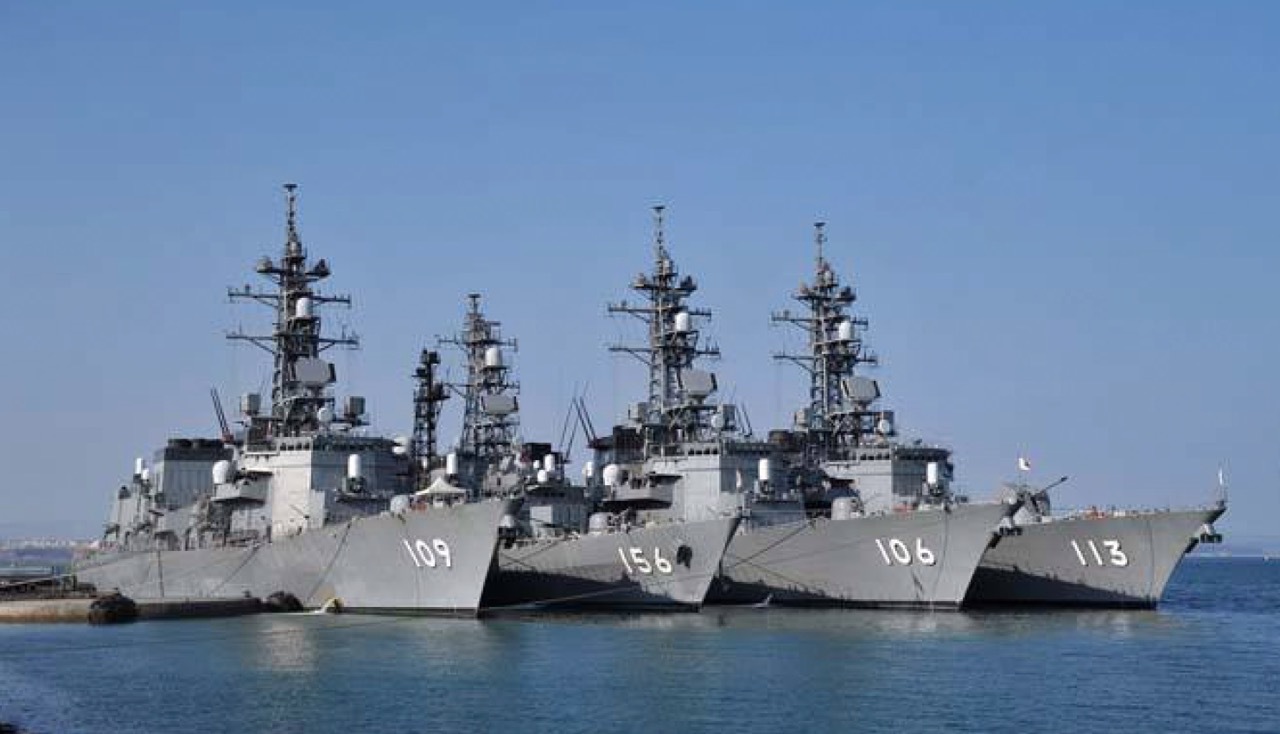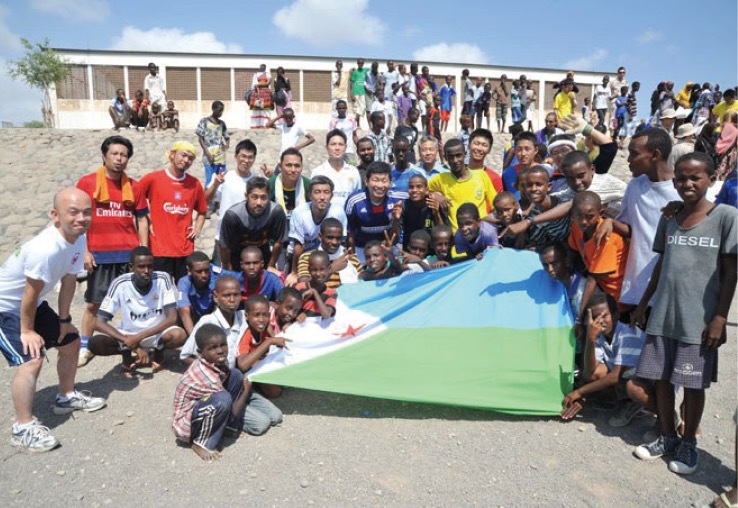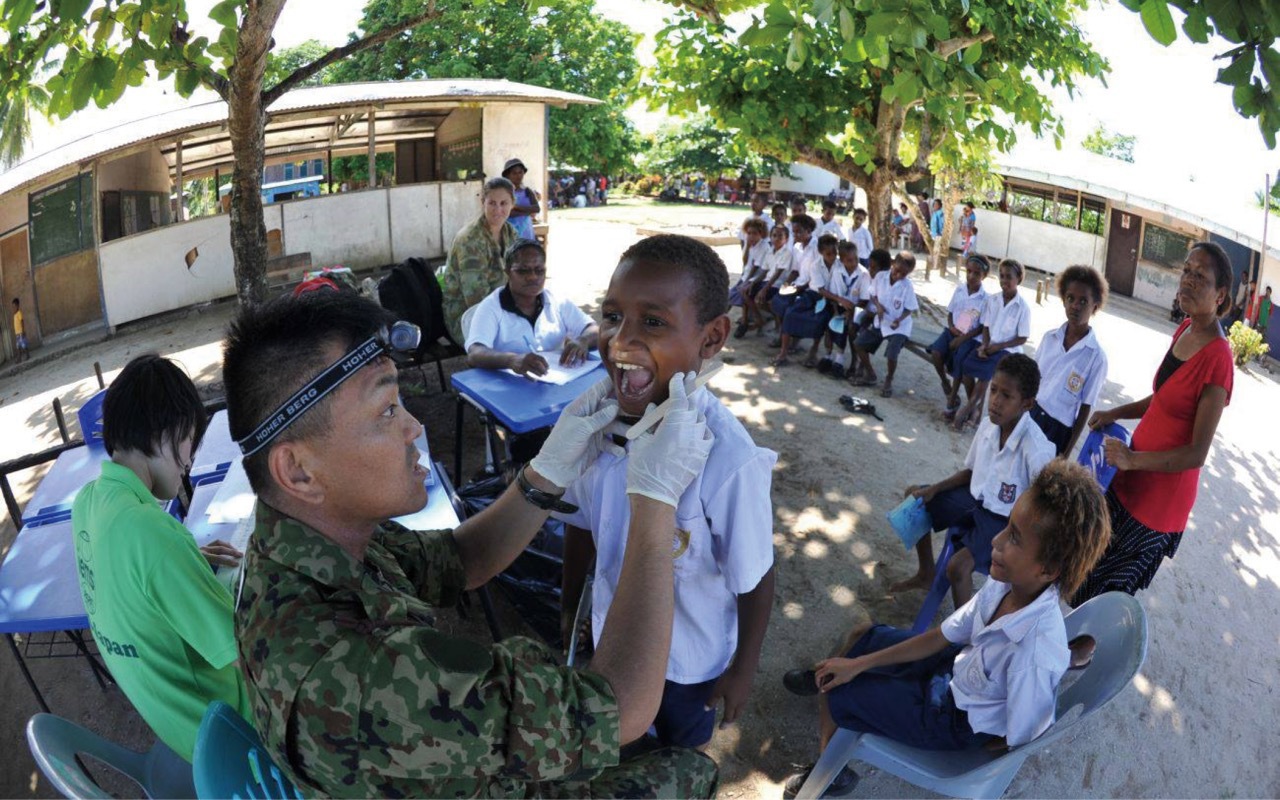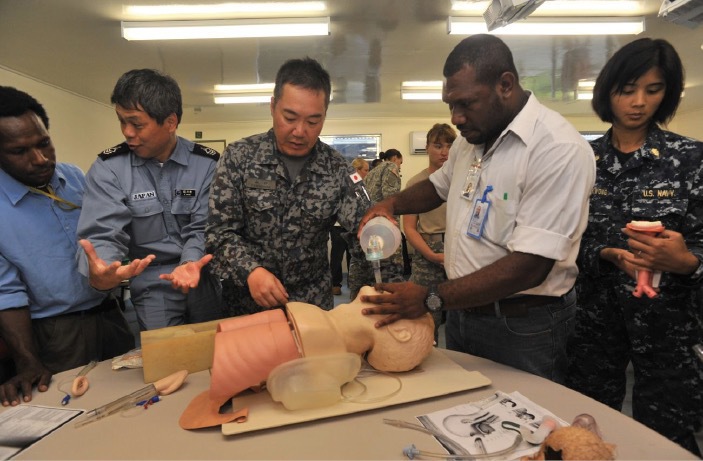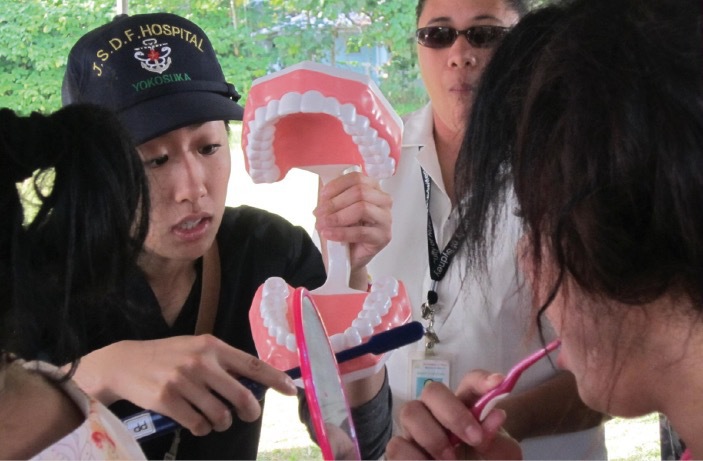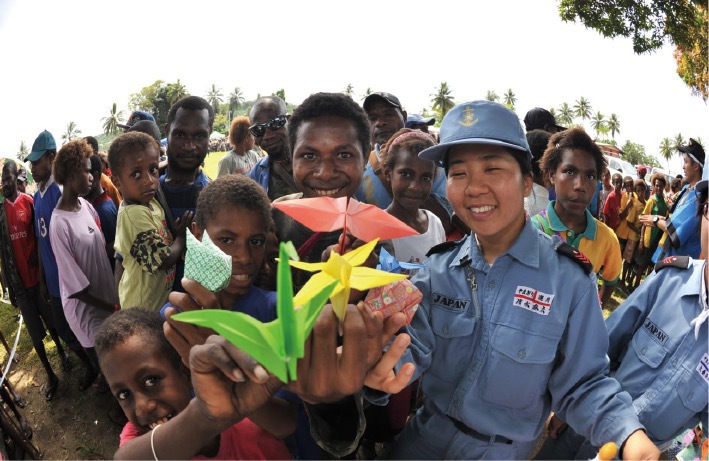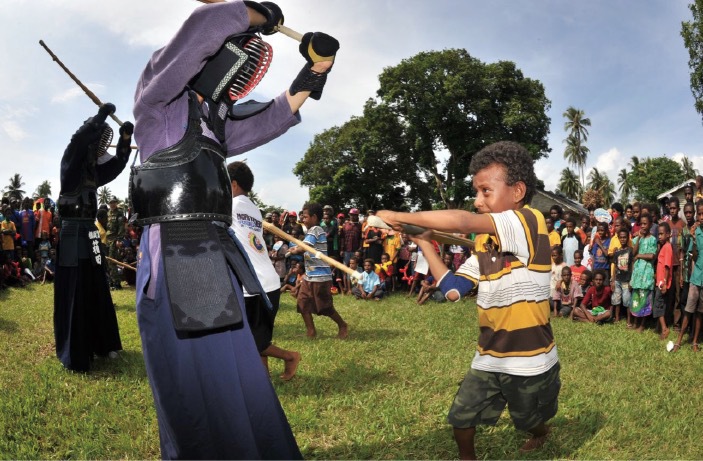Japan Self-Defense Forces (SDF) have been making diverse international contributions such as through the United Nations PKOs (Peacekeeping Operations) and international disaster relief activities. We are introducing here some of the activities of the SDF through photographs.
Dispatch of SDF Personnel to South Sudan (Peacekeeping Operations)
At the time of the independence of South Sudan, the United Nations Mission in South Sudan (UNMISS) was established by UN Security Council Resolution No. 1996 in 2011, with the aim of fostering state building. After receiving requests from the UN, Japan has dispatched around 400 personnel to South Sudan. Up to now, the SDF has been engaging in engineering activities in the capital, Juba, and its surrounding areas while coordinating with international organizations, troops from other countries, NGOs, and the Ministry of Foreign Affairs. Since the deterioration of the security situation in December 2013, the SDF is currently conducting activities to support Internally Displaced Persons (IDPs) at the UN facilities located in Juba, South Sudan. The engineering unit has been engaging in various activities for locals including the construction of IDP camps and water supply.
International Emergency Relief Activities in the Philippines in the Wake of the Super Typhoon Damage
In November 2013, at the request of the government of the Philippines, which had suffered large-scale damage from typhoon Haiyan, the Philippines International Disaster Relief Team was organized and dispatched to the stricken areas. Thereafter, the operation was expanded, and a total of about 1,180 personnel including medical assistance and air support unit, maritime dispatched group, and airlift unit, engaged in the disaster relief activities including medical assistance, epidemic prevention and transport of relief supplies.
Landing Craft Air Cushion (LCAC) lands in Tacloban City, Leyte Island to carry out epidemic prevention activities.
Volunteers unloading supplies at Guiuan Airport and members of the SDF verifying the state of progress.
The local people invited the SDF members to an event to express their gratitude. While praying for the area’s recovery, the SDF delivered Christmas presents to the local children.
Antipiracy Operations Off the Coast of Somalia and in the Gulf of Aden
The Ministry of Defense (MOD) / SDF dispatched two destroyers and two P-3C patrol aircraft to escort civilian vessels and to conduct surveillance operations off the coast of Somalia and in the Gulf of Aden to counter piracy. The deployed Maritime Force and Air Force for Antipiracy Operations have been carrying out operations cooperatively with other countries and have respectively been participating in a multinational task force, the Combined Task Force 151 (CTF 151), since December 2013 and February 2014.
Crew of the Ariake on duty approaching a comrade ship for water supply.
The destroyer Setogiri in the midst of its escort duties and the ship being escorted.
The Akebono escorting a civilian ship.
16th contingent Ariake DD-109 and Setogiri DD-156, and 17th contingent Samidare DD-106 and Sazanami DD-113.
Participation in Pacific Partnership 2013 (Tonga and Papua New Guinea)
The Pacific Partnership is the name given to activities hosted by U.S. forces started in 2007. The activities are aimed at strengthening mutual collaboration among participating nations and promoting smooth implementation of international disaster relief activities, while visiting countries in the Asia-Pacific region by ship, and providing medical care and exchanging cultures with local residents in cooperation with governments, militaries, international organizations, and civilian organizations such as NGOs. The MOD has been deploying medical personnel from the Maritime Self-Defense Force annually since 2007, and they have been participating in medical activities and engaging in cultural exchange with local residents.
Visiting a local elementary school, where a dental medical officer is conducting a dental examination.































































































































